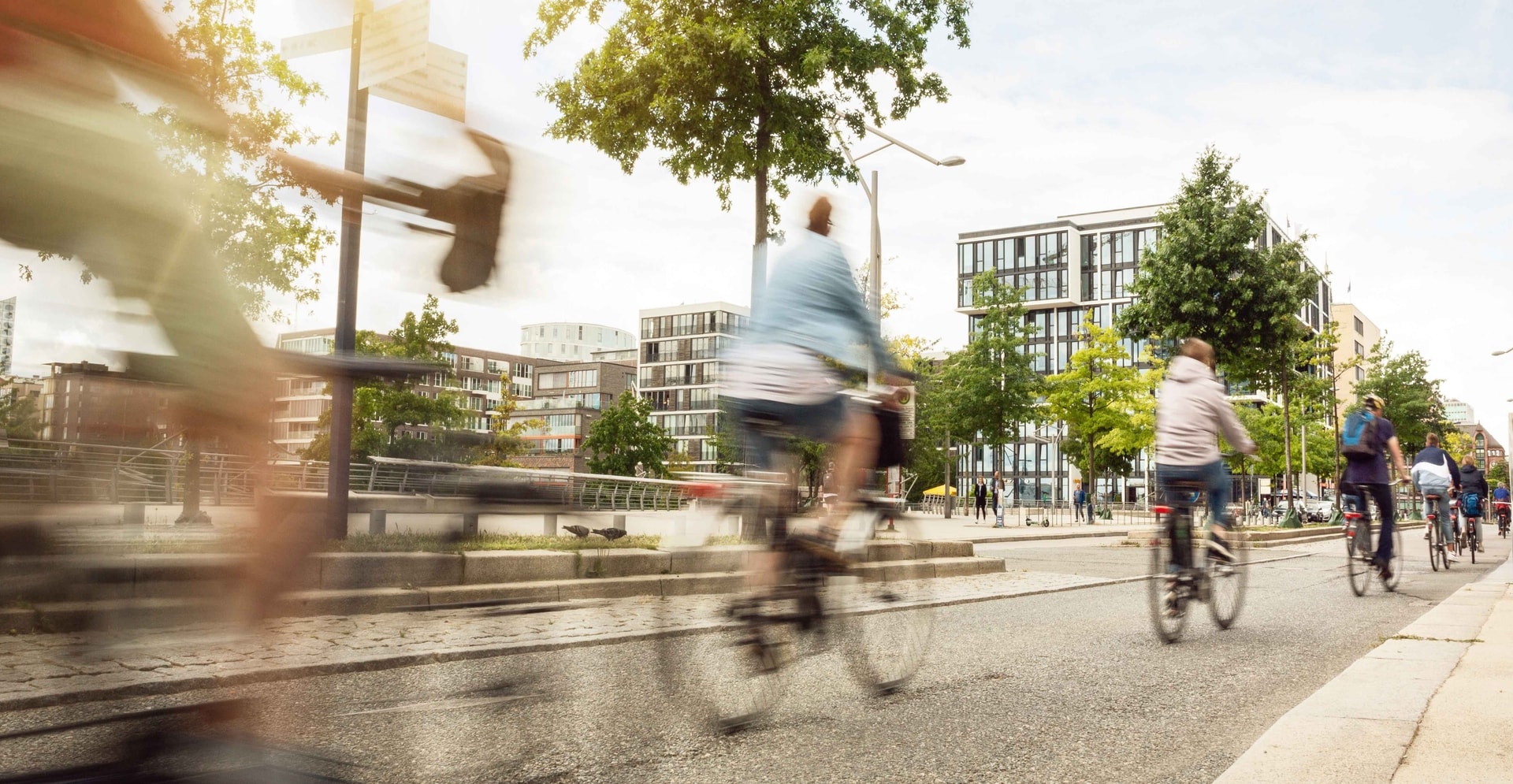COVID-19 turned out to be an unexpected ally of active transport
The momentum behind active travel, which includes use of public transport, has been building for a while. It is a key transport policy plank in cities such as London and Manchester as well as Scotland and Wales, where legislation was passed in 2013 to promote active travel.
However, high levels of congestion, noise and air pollution are a huge turnoff for pedestrians and cyclists. Fixing some of these problems associated with high volumes of traffic and unwelcoming streets is therefore an important first step in promoting active travel to deliver healthier cities.
Looking ahead, local authorities will need to consider pedestrians and cyclists in their future road planning. Some temporary active travel schemes introduced during lockdown were not popular, and new schemes will have to take into account their impact on the wider neighbourhood. For Active Travel schemes to be a success, high-quality design, combined with effective consultation, will be essential when it comes to securing buy-in and addressing the concerns of all street users.
Interventions need to be carefully planned on a large area-by-area basis and supported by proactive consultation. With the launch of a well-funded £2bn active travel strategy, the UK is in a good position to make progress.
In our latest whitepaper, we explore the challenges associated with Active Travel schemes, along with how to avoid potential pitfalls and maintain momentum in encouraging more sustainable patterns of road use for the long term.
Download “Infrastructure for Active Travel” to learn more.


Connect with Simon Rawlinson for more information & questions.
Simon Rawlinson, Head of Strategic Research and Insight
" class="contact-card__number" data-name="Simon Rawlinson"> <link text="+44 (0)20 7812 2319" linktype="anchor" url="tel:+44 (0)20 7812 2319" anchor="tel:+44 (0)20 7812 2319" title="+44 (0)20 7812 2319" class="" />


